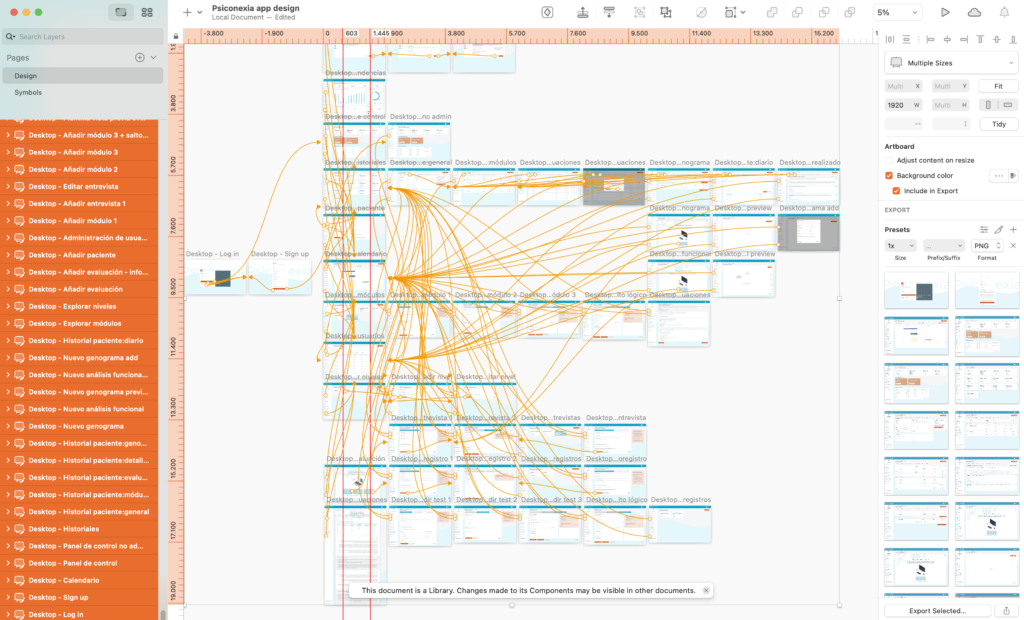This afternoon we will start the user tests of the high fidelity prototype of the digital tool Psiconexia.

What do we intend to discover during these tests?
– We want to observe how the target user (in our case, mental health professionals with patients) behaves before the screens that we have designed for them
– Detect usability issues to apply improvements before starting development, thus making more efficient use of resources
– Detect possible improvements that can facilitate to the maximum the use and understanding of functionalities that the Psiconexia application will offer
How do we carry out these tests?
To carry out the tests, it is not necessary to program anything: we designed an interactive, high-fidelity prototype. That is screens that allow you to navigate between them, simulating quite faithfully what our application will later be.
Once the prototype is ready, we select users that match our user persona or target audience: users that are part of the audience that will later use the application. In our case, men and women between 20 and 65 years old, with studies in clinical psychology and who work with patients in their day-to-day life.
For the test session, we prepare a script with the actions to be carried out. Later, we will ask the user to carry them out, while we record the screen with their movements and interactions. An example of an action would be “Register in the application”.
During the analysis phase, we review the recordings and prepare a document with the conclusions of the test, highlighting those actions that users find it harder to do -meaning UX improvements must be carried out-, not individually but coincidentally between two or more users.
In this way, we make sure to start development with the final screens very clear and with the assurance that users will be able to make the most of the application.
Leave a Reply
You must be logged in to post a comment.